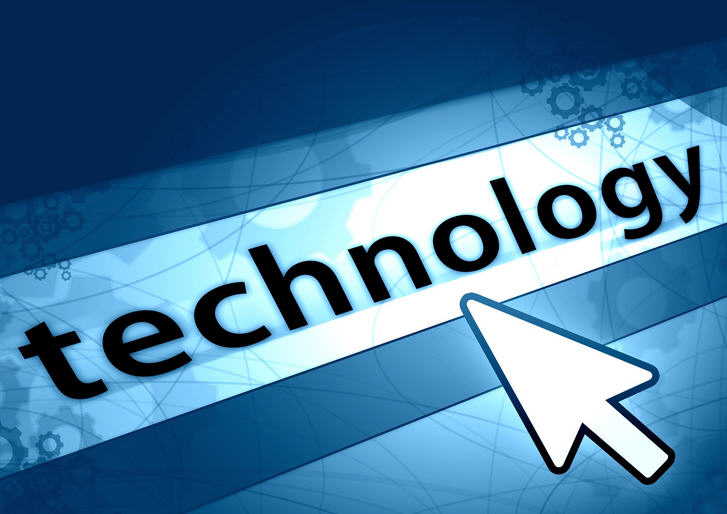Novel Therapy for Treating Sarcopenia and Nerve Injury
A novel method using the overexpression of survival motor neuron protein to improve motor unity synaptic repair and restore/protect muscle size and function due to sarcopenia The NeedMuscle weakness (sarcopenia) affects more than 5% of those over 60. It is a geriatric syndrome characterized by progressive and generalized loss of skeletal muscle mass and function, leading to impaired mobility, slow gait, decreased quality of life, and death. Healthcare costs associated with muscle weakness are more than $18 billion annually within the US, accounting for more than 1.5% of total direct health costs. Treatment is dependent upon identifying the underlying cause of weakness, often requiring physical & occupational therapy, medications, dietary changes, and in some cases, surgery. Current treatment options are helpful in some cases, but there are limited drugs that can address the underlying causes that prevent recovery of muscle strength. The TechnologyThis technology represents a new therapeutic strategy to treat sarcopenia in subjects 35 years old or older (including those with nerve injury and at risk for developing sarcopenia). OSU researchers showed that increasing levels of the SMN protein (through modification of mRNA splicing of SMN2 to include exon 7) is critical for the repair of motor unit connectivity after injury, and has the potential to improve nerve regeneration and reduce aging-related motor unit losses. More specifically, they showed that treating aged mice with the pyridazine derivative RG7800 improves motor function (twitch & tetanic muscle torque) when compared to placebo controls. The novel method targets the SMN2 gene by repurposing existing MSA therapies, including small molecules (e.g. risdiplam or similar pyridazine derivatives, such as RG7800), antisense oligonucleotides (ASOs) (e.g. nusinersen), or even scAAV9-SMN (e.g. onasemnogene abeparvovec). One of the OSU PIs, Dr. Arthur Burghes, is a co-inventor of the scAAV9-SMN therapy for MSA licensed to Novartis. Commercial Applications
Benefits/Advantages
PatentsIssued U.S. Patent – 10,357,543 and pending CA and EU applications Patents
|

Tech IDT2015-163 CollegeLicensing ManagerHe, Panqing InventorsCategories(None) |
